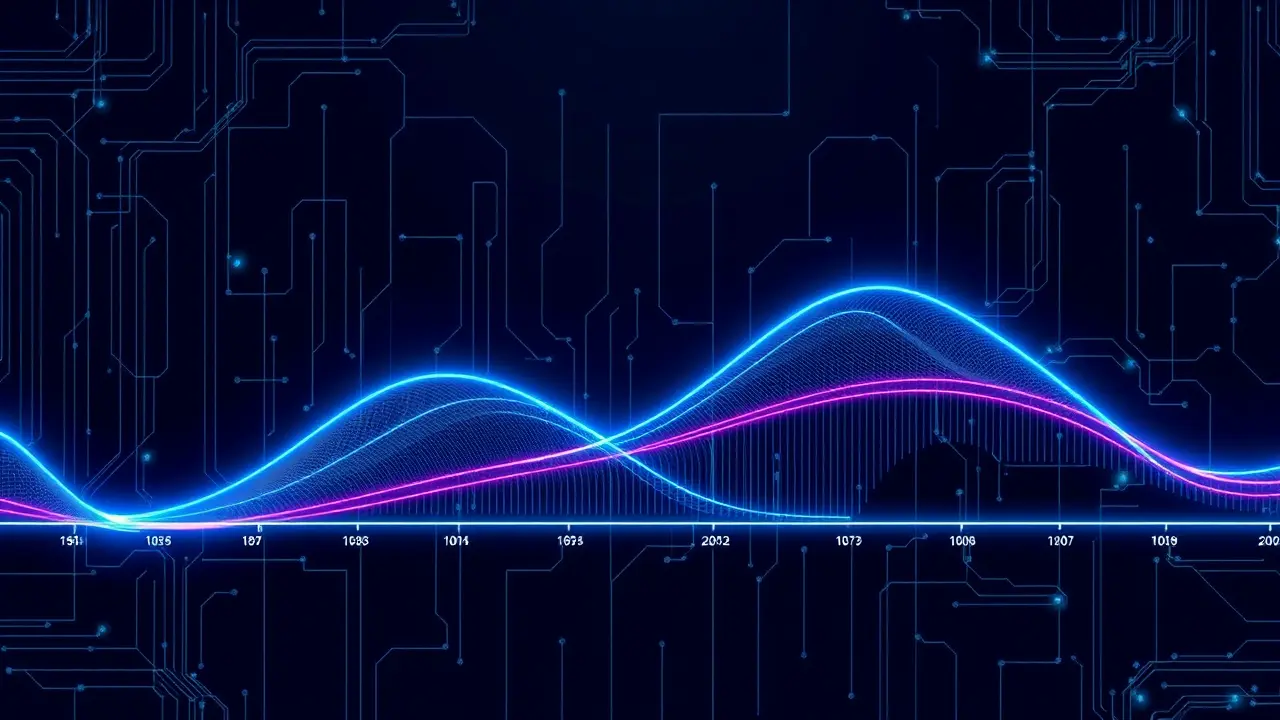ChatGPT: AI Chatbot Updates and Release Timeline
The evolutionary trajectory of ChatGPT, from its initial unveiling to its current state as a multifaceted platform, represents one of the most accelerated and consequential development cycles in the history of artificial intelligence, a timeline that reads less like a product roadmap and more like a compressed history of a technological paradigm shift. For those of us who have been tracking the Large Language Model (LLM) space with the fervor of academics poring over daily arXiv uploads, each update from OpenAI hasn't been a mere feature drop but a significant data point in the larger experiment of artificial general intelligence.The journey began not with a whisper but with a seismic shock to the public consciousness; the release of GPT-3. 5-turbo, the engine behind the original ChatGPT, demonstrated a level of linguistic fluency and task versatility that immediately rendered previous conversational agents obsolete, creating a global user base overnight and forcing a fundamental re-evaluation of what machines could understand.This was followed by the landmark release of the GPT-4 architecture, a true generational leap that moved the goalposts from impressive parlor trick to genuine utility, introducing multimodal capabilities that allowed the model to parse not just text but images, and later, through a series of iterative API updates and plugin integrations, granting it the ability to execute code and interact with the live web, effectively transforming it from a brilliant but static oracle into a dynamic computational agent. The strategic rollout of fine-tuning programs and the custom GPT builder initiative further democratized the model's power, enabling developers and even non-technical users to craft specialized agents for everything from legal research to creative writing, a move that echoes the open-source ethos but within a carefully controlled ecosystem.However, this breakneck pace is not without its profound philosophical and technical quandaries; each performance enhancement on benchmarks like MMLU or HumanEval brings us closer to the nebulous frontier of AGI, yet simultaneously exposes new failure modes and alignment challenges, from subtle hallucinations in complex reasoning chains to the ever-present specter of bias embedded in the training corpora. The competitive landscape has intensified as well, with rivals like Anthropic's Claude and Google's Gemini suite pushing the envelope on context windows and reasoning reliability, creating a virtuous cycle of innovation that benefits the entire field.Looking forward, the timeline points toward an increasingly agentic future, where these models won't just answer questions but will proactively manage workflows, conduct research, and perhaps even participate in scientific discovery, a prospect that is as exhilarating as it is fraught with ethical peril, demanding a concurrent and equally rigorous timeline for the development of robust governance frameworks and safety protocols. In essence, the ChatGPT release log is the canonical text of the modern AI era, a living document chronicling our collective, rapid, and uncertain ascent into a new cognitive age.
It’s quiet here...Start the conversation by leaving the first comment.
